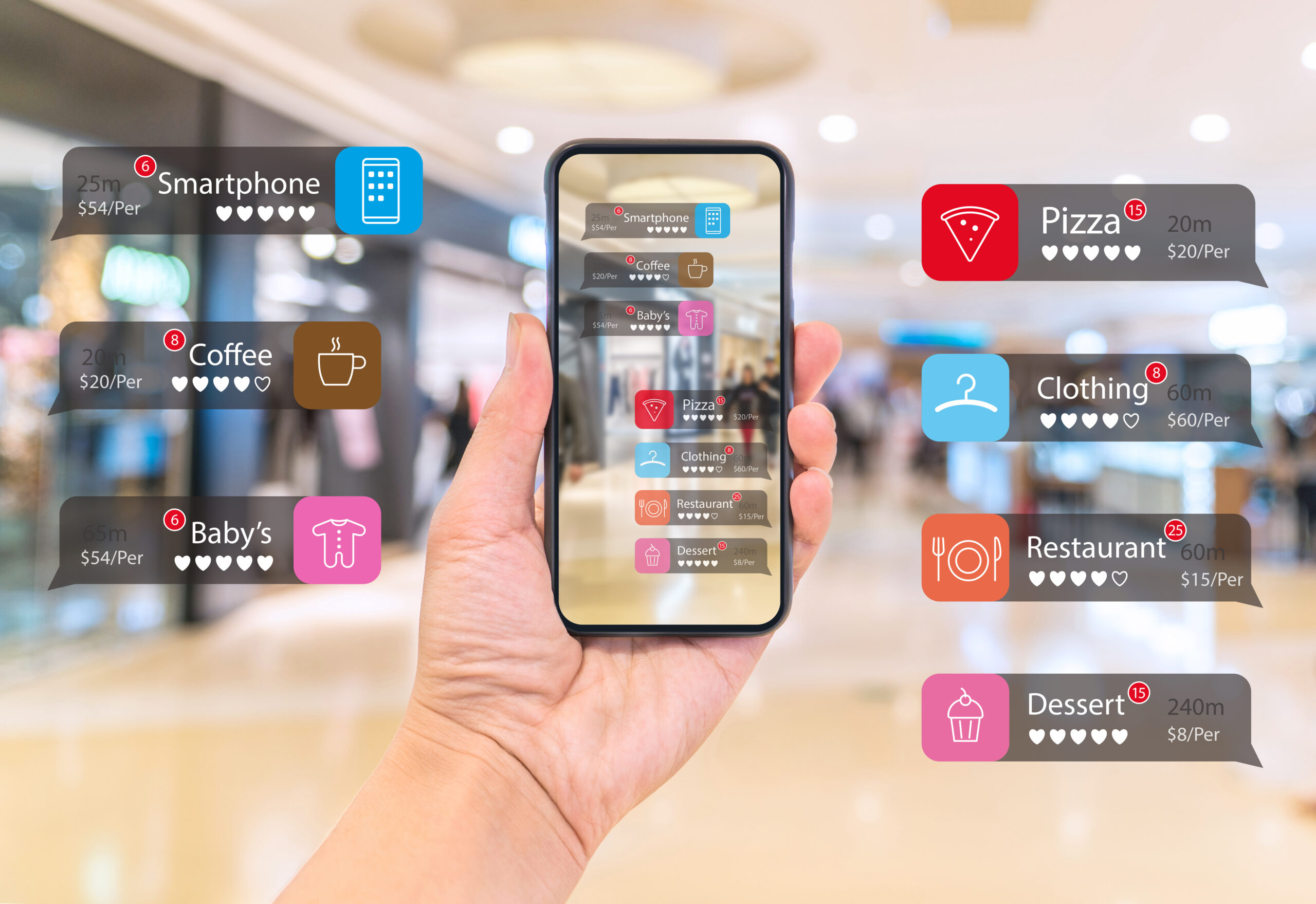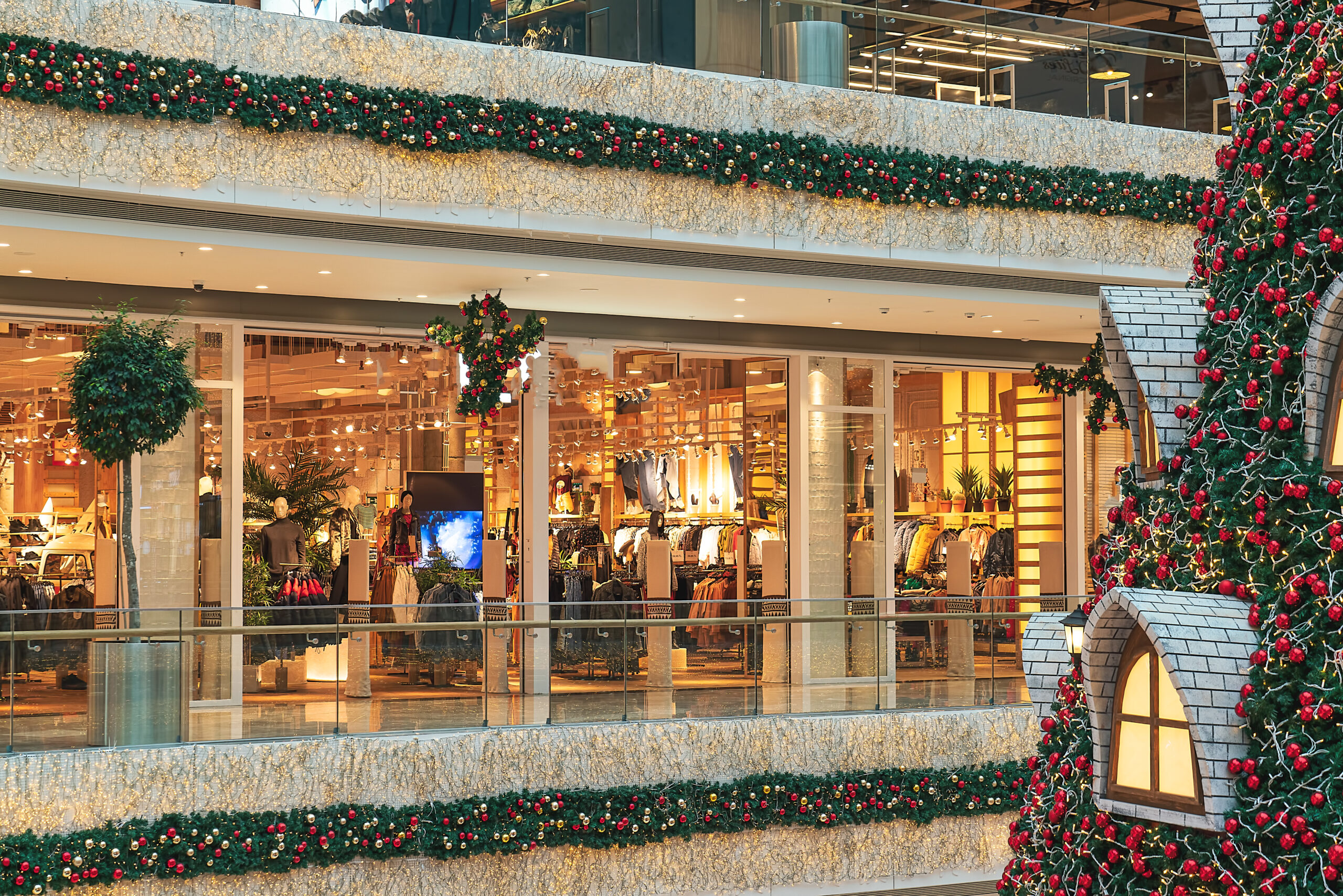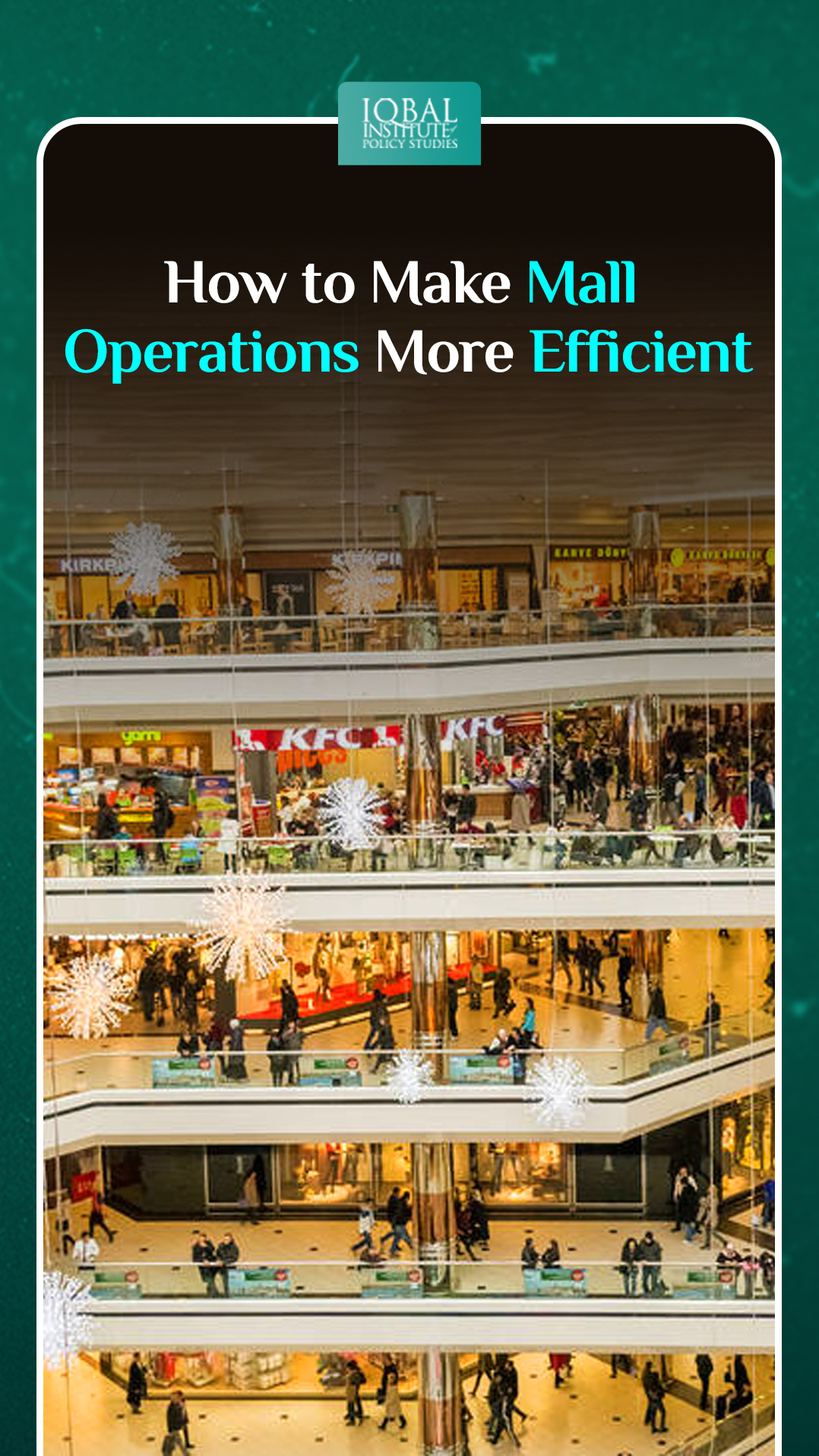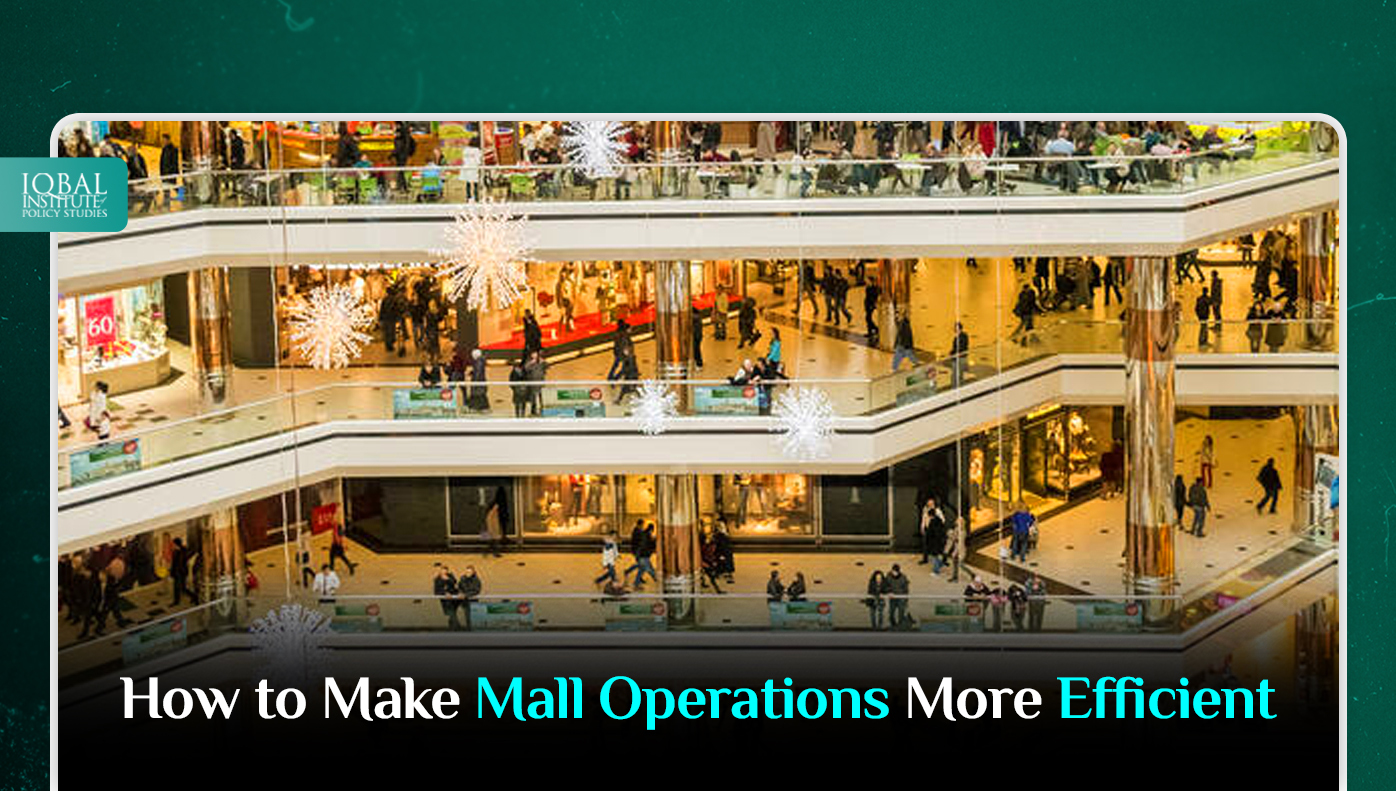Malls have made a substantial impact on both consumers and communities. However, the ever-changing global trends and rapid digitisation are causing malls to change their operations and management role to retain customers and stay relevant in the future. From a real estate investment perspective, efficient operations and management strategies are crucial to optimise the mall’s contribution to community benefits by creating and sustaining property value, lease rates, marketing and leasing activities, regulatory relationships, and public subsidies for mall revitalisation and support for transportation linkages serving the mall. Since malls have become retail and commercial hubs in many communities, they provide an all-inclusive place for customers to shop, entertain, socialise, relax and interact. In providing these services, malls contribute to a community’s and region’s economic vitality through operations and improvement expenditures.
Furthermore, malls create employment opportunities and boost economic productivity. Hence, malls still have a chance to thrive, stay relevant, capture value, and innovate for 21st-century consumers. For this purpose, malls must reinvent themselves to compete in the digital age by adapting effective strategies to improve the efficiency of operations and management systems.
Strategies to Make Malls Efficient in their Operations and Management
The mall operators and management teams must adopt the following strategies to increase the mall’s productivity and retain customers in future.
Adopting New Leasing Models
The conventional model of charging retail tenants rent based solely on their sales would not allow operators to get the most value from retailers. Therefore, mall operators must have an open-door policy that challenges traditional practices and look ahead to new leasing models. Malls can try innovative ways to structure financial agreements with retail tenants as they invest in new features and attractions that bring in more foot traffic. For this purpose, two main alternatives could be used in addition to, but not necessarily in place of, the current revenue mechanism:
Footfall-Based Charge
Tenants are charged based on the volume of customers entering their stores or passing through the mall area where they are located. This leasing model enables mall owners to profit from the rising practice of people trying things on in stores before making an online purchase.
Online Revenue Sharing
According to this model, tenants pay a percentage of their brand’s online sales within the mall’s boundaries, typically mapped according to zip codes.
Establishing New Revenue Streams And Value-Added Services
Malls must be resourceful to make the most of their assets to succeed financially in this new era. Since many stores in the future will probably be smaller and lack storage space, mall owners can sell tenants access to physical real estate for purposes like inventory storage. Operators could also provide tenants with logistics services. Utilising a mall’s open areas for pop-up shops, temporary showrooms, and other events could create additional new revenue streams. Retailers could be charged for this on a per-traffic basis. Additionally, digital atriums, hallways, and facades present opportunities for flexible advertising space. Also, Technology gives mall owners tremendous opportunities to package and rent out customer data to their tenants.
Utilising Technology to increase Mall Value
Digital Technology poses a threat to malls as it allows consumers to make online purchases. However, Technology can provide lucrative opportunities if availed effectively. Technology can be used to understand the consumer’s shopping patterns, preferences, and habits. For example, wifi analytics can show which websites customers are visiting, thus giving information about what customers are viewing while moving around a specific mall area. With the help of Technology, the Kamppi Shopping Centre in Finland discovered that customers shop during lunchtime, not after work, as was previously assumed (Agarwal, Breschi, & Devillard, 2017). Analytics can be used to predict tenant performance and future customer behaviour. Moreover, operators can enhance customer experience with digital Technology. For instance, mobile apps can offer personalised recommendations and promotions, itinerary planning, digital navigation, and the booking of various services, including advance food ordering so that customers find their meals ready upon arrival.

Team Development
To support future ideas of mall management and its smooth operations, a competent team would be needed, which is fully devoted to these aspects and have a primary focus on being in touch with customer psychology and constantly developing creative promotion strategies. The team should ideally consist of two to three members who report to the same person. Each of these representatives may hold accounts of occupant retailers with the main responsibility of coordinating with these retailers, remaining in touch with their requirements, and deriving business from them. The team may also oversee other traditional roles such as marketing, housekeeping etc.
Having The Right Retail Mix
Malls must include the right mix of retail tenants. This can be achieved by understanding the community in which malls operate. Basic demographics like lifestyle, wealth, age and interests of the neighbourhood around the mall are some things to consider. For example, in summer, the temperature in Dubai can rise to 40°C. As a result, people flock to the air-conditioned Malls to shop, dine, see movies, play arcade games, or ski (Bejjani, 2017). The retail mix should also provide the services of convenience shopping as it is often seen as a ‘necessity’ spend. This would encourage customers to visit malls with an “I need to buy it for today” mentality compared to a “wait and see” mentality. Moreover, various lucrative deals and offers could be shared with customers through the different online and offline channels to strengthen the mindset of convenience shopping further.
Holding Events
Organising and promoting events in malls via experimental retailing can create pleasant, memorable, and interactive experiences for customers. As such, main events such as the festivals of Eid, Holi, Christmas, Chinese New Year etc., need to be relooked to create a truly differentiated experience for customers. Furthermore, potential events can make a point of difference and attract an influx of customers, making the mall stand out from its competitors. For example, a month-long campaign with a brand such as Honda where they could showcase all the Technology and innovation which goes into the production of their cars and other technological marvels such as Asimo, etc., could result in a positive experience for both the customers as well as the Honda brand. Customers could interact with the brand through various displays and workshops as well.

Employing for Modern Capabilities
Malls must hire people with modern skill sets. For instance, data engineers will organise, clean up, and store customer data, and the data scientists will create the algorithms to mine the data and extract the insights. Additionally, hiring experts dealing with the customer experience and even behavioural psychology will become increasingly important to mall design and operation in the future. Furthermore, operators must constantly come up with new, quickly delivered, technology-driven services and products to improve the experience of both customers and tenants. Thus, they must embrace agile approaches to testing new products, events, and services and then adapting rapidly based on feedback.
Conclusion
The rapid change in global trends and fast-paced digitisation is changing how a mall is designed, managed, and operated. With the rise in online shopping post-pandemic, it has become crucial for malls to adapt various effective operational strategies to stay relevant and retain customers. Such malls will enhance customer experience, create job opportunities, and drive social productivity and economic growth in the long run.



Leave a Reply